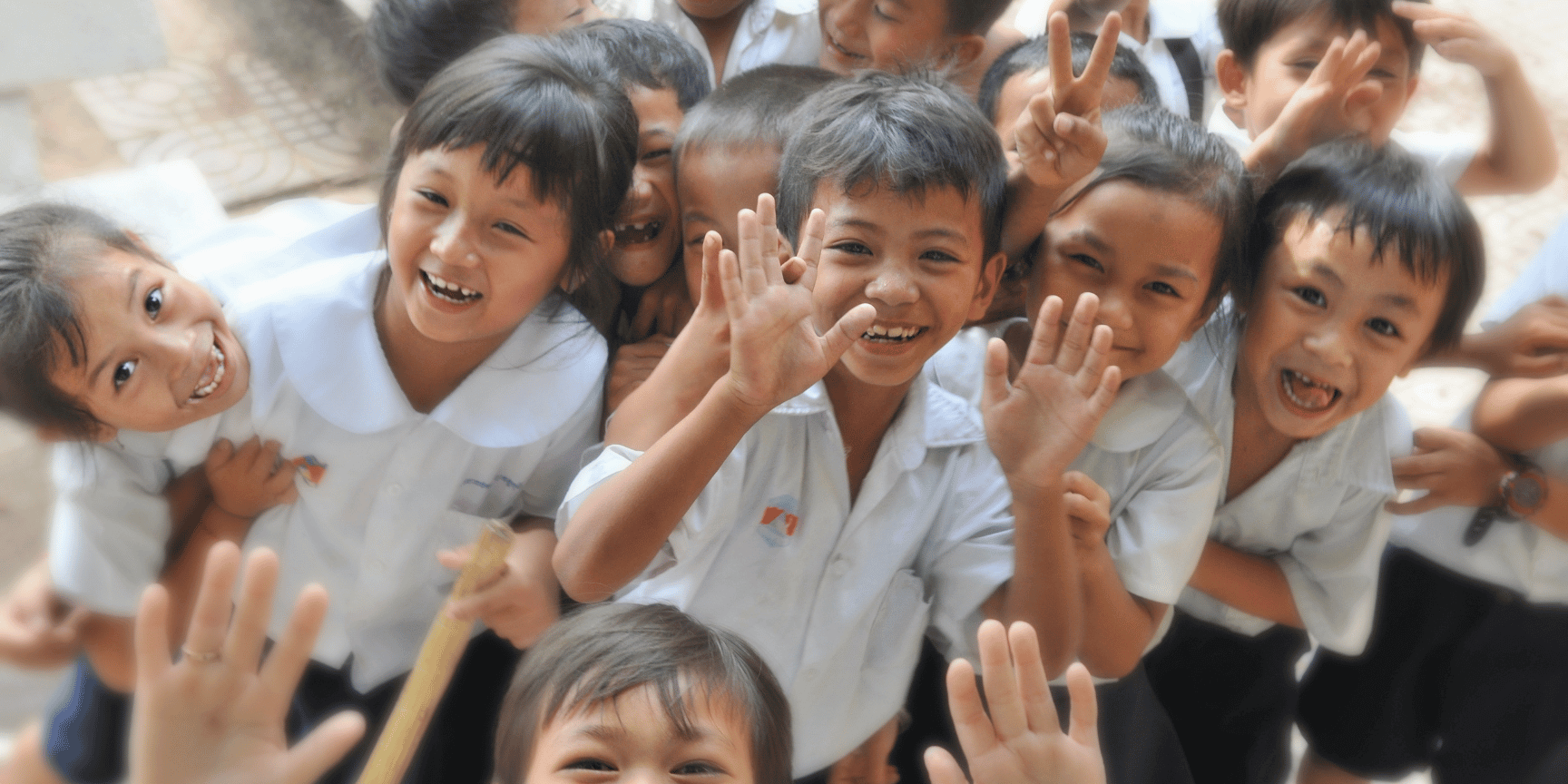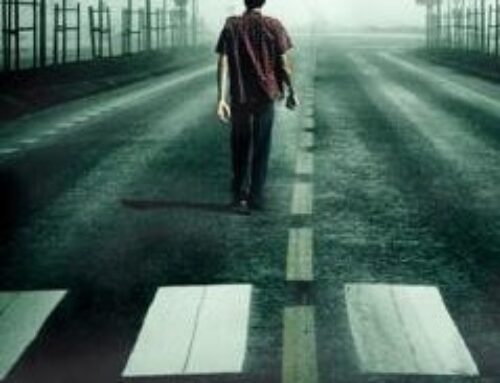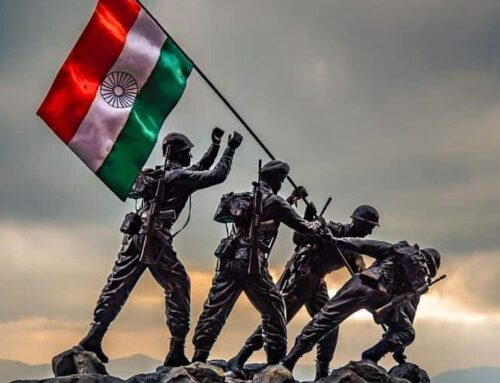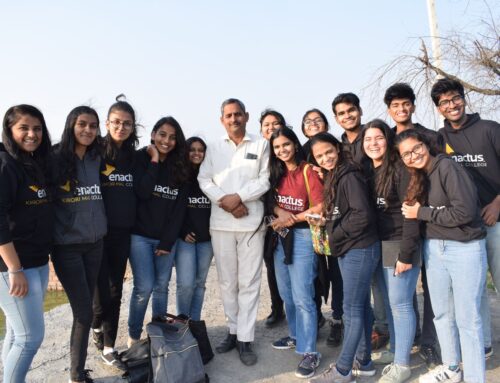
Written by: Arpit Shukla
Last week I saw some children at a park near to my home where I occasionally visit for a walk. Somehow I got in a situation to get a chance to interact with two of these young fellows, 14–15 in age. During the conversation, I asked them do they know what a solar eclipse is?
It was not long time when a major solar eclipse has happened and it was in news. Also, with the age group of the children I guessed they would have learned about Eclipse in their school syllabus as well.
I was quite surprised to see they were completely blank on the question. They confirmed being in the ninth standard of a reputed International school in highly developed area of Gurugram. Back to home I thoroughly examined if I expected the right answer form these champs and I got to know that Eclipse are introduced in standard sixth in science textbooks NCERT and revised in direct or indirect way in the standard seventh, eighth and ninth. The topic is also mentioned in books of Social Sciences under Geography.
Private Schools are also failing us
The problem I am trying to describe here can be well understood by any person who have seen, visited or talked to students from Govt. Primary Schools. But it’s not like that this is the situation of students in the government schools only. The students in the private schools are facing the similar devastating situation when tested with the cognitive knowledge they should posses ideally.
According to the Annual Status of Education Report (ASER) 2019, released by NGO Pratham, Of six-year olds in Class 1, only 41.5% of students from private schools could read words. Similarly, only 47% students of standard 4th in private schools could do simple addition of two digit numbers.
The ASER data shows that these younger children struggle more than others in all skills. “Permitting underage children into primary grades puts them at a learning disadvantage which is difficult to overcome,” said the report.
Not only ‘Rural’ it is a problem in ‘Urban’ India as well
The report I mentioned above shows the data earlier to the setback we received with the pandemic in 2020 and 2021. The situation has only worsened with addition to inequality in the learning ecosystem for children. The pandemic brought the discussion of the gap of rural and urban education system into the spotlight.
But looking this comparison from the point with which I am writing this article, ( I mean the level of knowledge in students as compares to their standard), the situation is comparatively better in Urban system, although it is equally disappointing for me looking at the monetary and non-monetary investment being done on the students of a reputed urban private elementary school. I am not saying this only of the basis of two children I mentioned in the beginning but it is the outcome of various survey and indepth research publish in The Hindu and The India Express since 2020.
In a recent report in their series of India at 75, The Wire reports-:
After 75 years of Indian independence, we have a low-quality, pro-private, hierarchical school system. A vast majority of poor and marginalised parents are not sure if the education their children get will help them realise a decent living if not an egalitarian social and economic order as the preamble and directive principles of state policy promise. The rich send their children to well-managed unaided private schools, and the poor are left with not-so-well-managed low-fee private schools and sub-optimally designed and inadequately resourced government schools.
“An overall creation of a rote learning system is a worldview that has a poor understanding of social and political issues.”
It’s more than a year since New Education Policy-2020 was launched and it is the period when digital revolution in education but the basic (elementary and secondary) education is still waiting to be touched with the reformation and positive development. The big question is — How will the higher education, research, techno-education and overall youth will compete with the world standards as it all precisely depend on what we learn in school in the age five to sixteen.




Leave A Comment